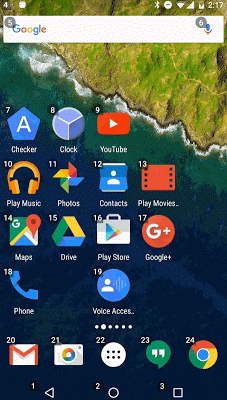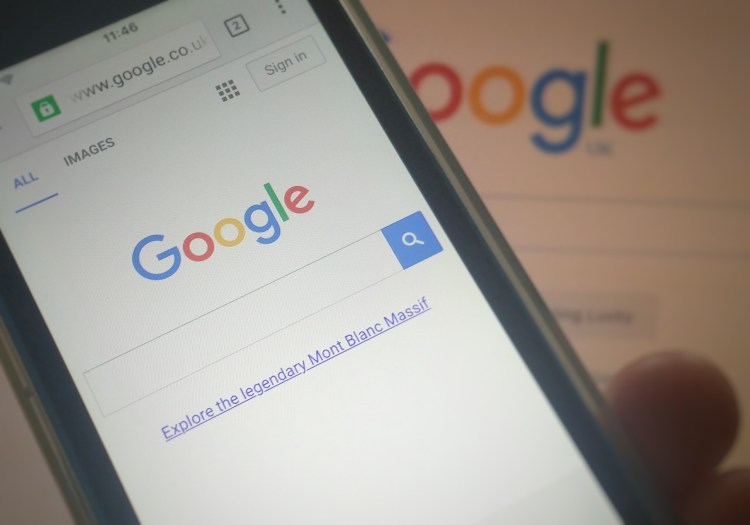Google today announced the beta launch of Voice Access, an app that will let people use speech recognition to control Android devices.
While anyone will presumably be able to use it, it’s designed with specific groups of people in mind — specifically “people who have difficulty manipulating a touch screen due to paralysis, tremor, temporary injury or other reasons,” Eve Andersson, manager of accessibility engineering at Google, wrote in a blog post.
“For example, you can say ‘open Chrome’ or ‘go home’ to navigate around the phone, or interact with the screen by saying ‘click next’ or ‘scroll down,'” Andersson wrote.

Above: Google’s Voice Access app.
In launching Voice Access, Google is the latest company in the past few weeks to emphasize what it’s doing in the area of accessibility. Twitter started letting people submit captions for images they tweet out. Facebook enhanced the screen reader for iOS with automatically generated spoken image captions. Microsoft talked about the Seeing AI app at its Build developer conference. And Apple released videos showing how its iPad tablet helps an autistic person communicate with others.
The other interesting thing to point out is how much Google has improved its speech-recognition technology, which draws on artificial intelligence. It’s deployed on many millions of Android devices, and last year Google said that its recognition error rate for Google Voice voicemail transcription had dropped by 50 percent.
Google’s Voice Access app now has “enough testers,” according to the link Google provided for those interested in trying it out. Look for Google to launch the app out of beta in the future.
VentureBeat's mission is to be a digital town square for technical decision-makers to gain knowledge about transformative enterprise technology and transact. Learn More

